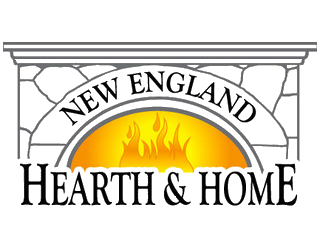Heating up your home with the snap, crackle, and pop of a wood-burning fireplace can make for a cozy, inviting space to relax. However, it’s not quite as simple as throwing a log on to burn and forgetting about it. Taking preventative measures to ensure you and your family’s safety can save you big in the long run. There are also certain steps you can take to get the most efficiency out of your fireplace. Check out some of our tips below.
Burn Dry, Curated Wood
The best way to guarantee you’ll have a roaring fire for hours it by using hardwoods that have been cut, stacked and dried for approximately 8-12 months. Hickory wood, white oak, beech, sugar maple, and white ash typically burn the longest. These will allow you to grab a cup of hot cocoa, and curl up on the couch without having to continuously get up adding new logs. Woods like spruce or white pine will burn if completely dry but will need to be tended more often adding new logs.
Burn Firewood Only
It can be tempting to toss any old scrap of painted or treated wood in the fire to get rid of it, but the chemicals that will be released into your home are not safe to breathe in. Wood should be chopped for the sole purpose of firewood in order to be used.
Check Around Chimney
Ensuring that the area above your chimney is clear of any tree limbs is essential. Not only are hanging branches a fire hazard, but they can also restrict proper airflow.
Clear out Ashes
Sweep or vacuum out old ashes from your fireplace before starting your next fire. Keep in mind that these coals can remain hot for nearly 3 days after your fire, so don’t try to do this too soon. Your chimney should also be cleaned at least annually by a professional, depending on how often you burn wood.
Contact New England Hearth & Home
For more information on safety and fireplace efficiency, contact the experts at New England Hearth & Home! Fill out an online form or give us a call today at 781-562-0771!
